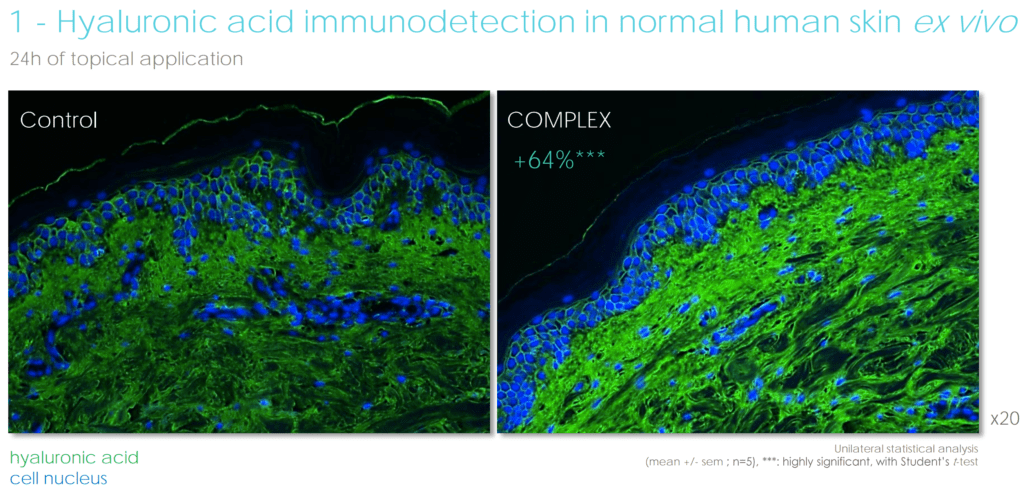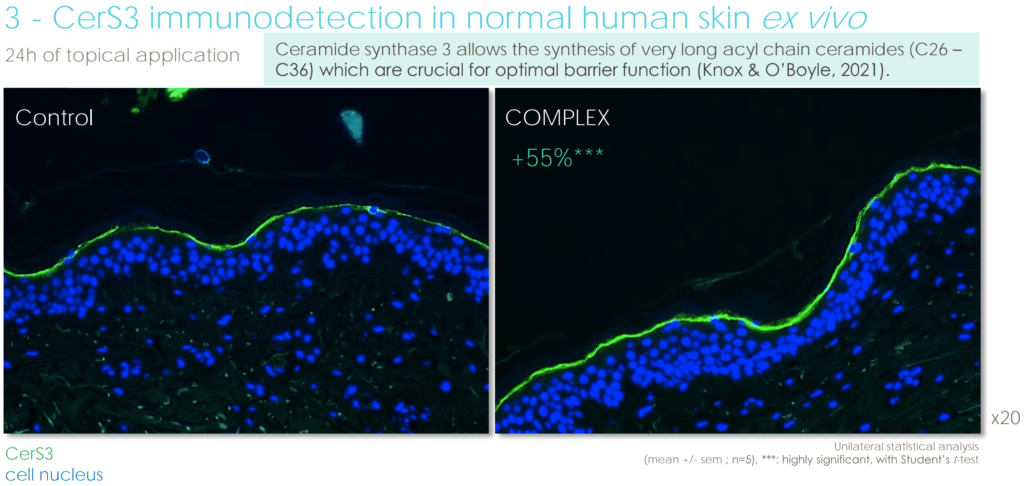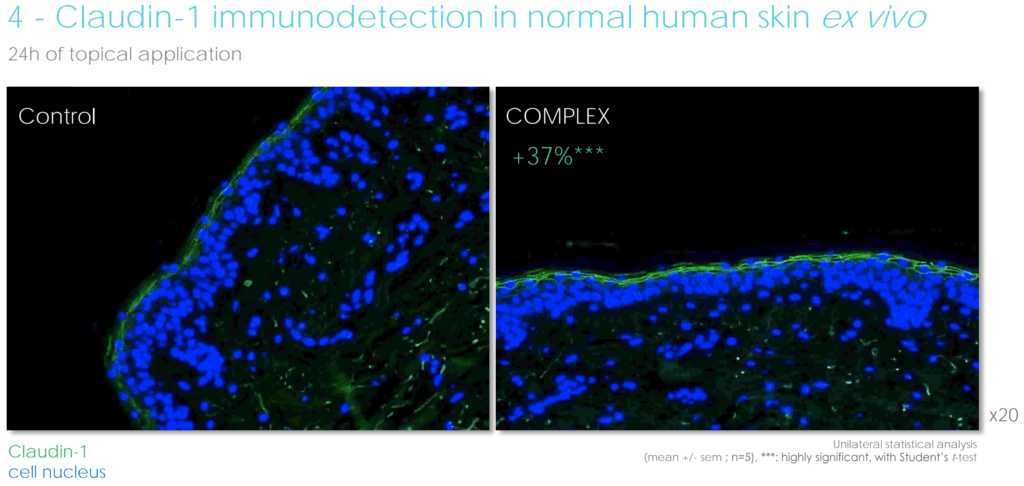Adult epidermis is the body's front line of defense and serves as an effective barrier that prevents dehydration due to loss of body moisture, poisoning due to absorption of harmful substances, and systemic infection as a result of the penetration of microorganisms. The epidermal barrier resides in the outermost layer of the epidermis (stratum corneum). In utero, the fetus has no need for an epidermal barrier, so this outer layer does not begin to develop before week 24 of pregnancy. From week 24 there is a steady increase in the number of layers of the epidermal cells and in thickness, until full skin development in the 34th week of pregnancy.
A full skin barrier protects the body from the outside in – blocks the invasion of harmful factors and sunlight, and from the inside out – protects against water evaporation and moisture loss from the skin. Evidently, although the environmental conditions are constantly changing, the conditions inside the body remain pretty much constant, thanks to the epidermal barrier.
The epidermal barrier is the outermost layer of the skin, which in the past was thought to consist of dead skin cells that have no meaning or purpose. In recent years, new scientific discoveries indicate that the components of these cells and the substances between them (fatty molecules – lipids, the main of which – ceramides) together, make up the reverse line of defense of the skin – that is, act as a buffer and prevent the "escape" of essential substances from the body out.
All the cells that make up the epidermis begin their sorting process in the basal layer as dead skin cells called corneocytes. In the sorting process they are pushed up to the surface and their structure changes. Finally, they reach the outermost layer, and from there they fall off.
Foundation cells on the surface are stacked like a brick wall with 3 necessary epidermal lipids: ceramides, cholesterol and fatty acids that form the network or border between the cells. A normal epidermal structure will be dense (rich in a high amount of corneocytes) and strong (rich in a high amount of epidermal lipids).
In various situations the function of the epidermal barrier is disrupted and as a result, the epidermis suffers from a defect in function and appearance.
The most immediate and noticeable effect of impairment of the function of the epidermal barrier is manifested in the loss of moisture, or the inability of the skin to preserve the applicability of its water. As a result, the level of inflammation of the skin increases and it becomes irritated, sensitive, red, loses its elasticity, volume and radiance.
But more than that, even when there are no visible skin effects, leading innovative studies have shown that in a state of decreased function of the epidermal barrier, a high level of inflammation was measured in the bloodstream itself. That is, the health of the epidermal barrier has a general effect on the health of the skin and body.
In order for the epidermal barrier to function properly, the level of moisture and the amount of fatty components inside it are important. About 50% of the fatty components are molecules called ceramides. That is, the essence of healthy skin is to maintain a sufficient amount of ceramides and moisture. When the skin is balanced with a restored and healthy epidermal barrier, the skin cells in the deeper layers function as expected, the rate of molecule production – necessary for healthy, thick skin with a uniform and vital appearance – by the skin cells themselves rises and approaches young skin levels.
A word from the doctor – about SUPCERAT™, a revolutionary active complex for restoration of the epidermal barrier




